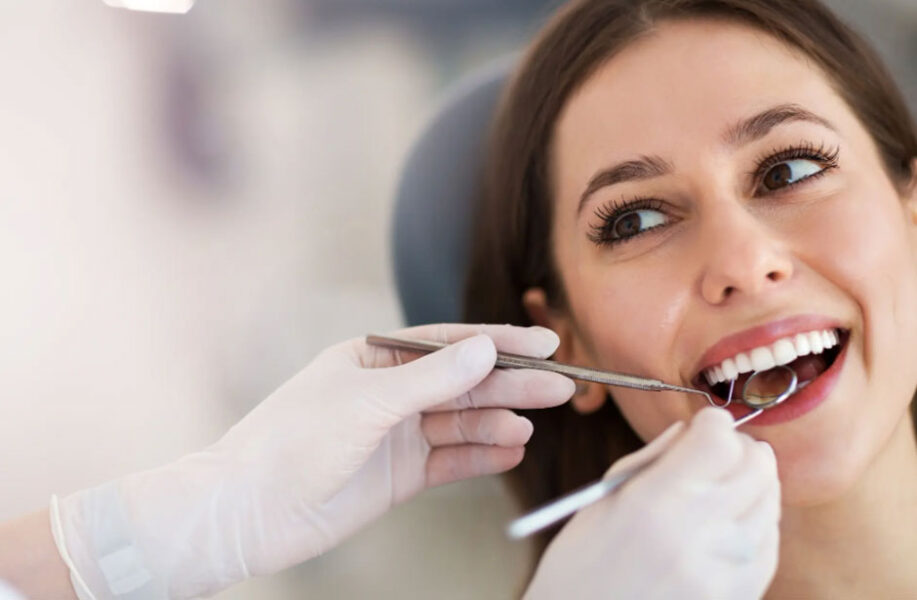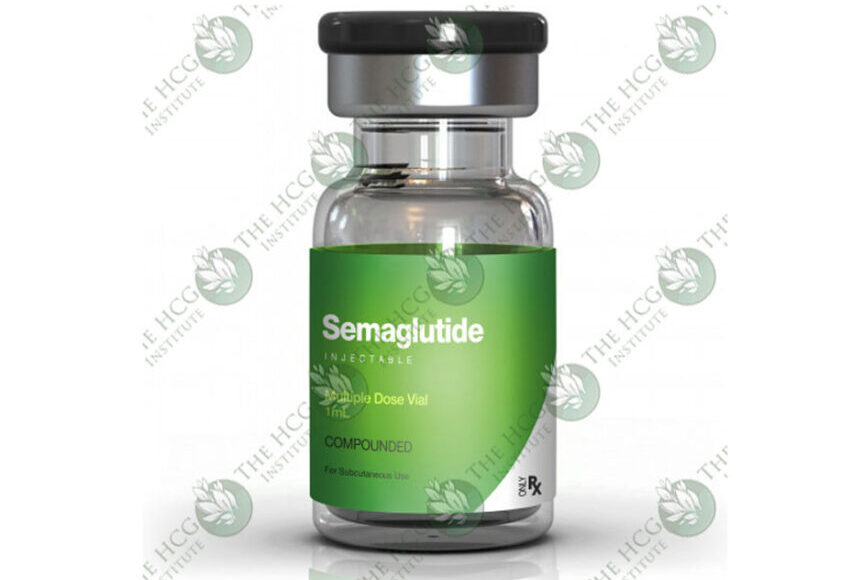Unlocking Your Best Smile with the Latest Dental Innovations

Your smile is more than a set of teeth. It reflects your confidence, health, and personality. Today’s breakthroughs in dental technology mean that correcting stains, gaps, chips, or missing teeth is more precise and predictable. From simple whitening to full smile makeovers, modern dental treatments blend art and science.
Results look natural and last, offering long-term dental health improvement. In this guide, you will discover how to:
- Use cosmetic dentistry to refine tooth shape, color, and alignment
- Combine procedures for a custom smile makeover
- Explore advanced dental procedures like dental implants, laser gum care, and 3D printed restorations
- Leverage digital tools and AI in dental technology for accurate planning and faster treatments
- Choose the right approach for your health, budget, and lifestyle
- Maintain your new smile with smart hygiene and tech-enabled follow-up
Ready to learn how these innovations can transform your smile? Let’s begin with the foundation of every great smile plan: cosmetic dentistry and the smile makeover.
Cosmetic Dentistry and the Smile Makeover
Cosmetic dentistry focuses on improving the visual appearance of teeth, gums, and bite. It uses elective treatments such as dental crowns, porcelain veneers, professional whitening, and bonding to address discoloration, chips, gaps, and minor misalignment.
A smile makeover is a personalized plan that combines cosmetic and restorative dentistry procedures to enhance aesthetics and function. The goal is a natural, balanced look that supports healthy bite forces and long-lasting results.
What Is Cosmetic Dentistry?
Cosmetic dentistry is a specialized branch aimed at refining a patient’s smile. Unlike general dental care, it prioritizes elective treatments that enhance tooth shape, color, and alignment.
These modern dental treatments can be standalone or part of a broader smile makeover, depending on goals and oral health requirements.
Benefits of a Smile Makeover
A smile makeover can transform more than appearance. Patients often experience higher self-esteem and greater social confidence. Functionally, properly aligned teeth distribute bite forces evenly, reducing wear, sensitivity, and jaw discomfort.
Replacing missing teeth with dental implants or bridges restores chewing efficiency and prevents adjacent teeth from shifting. When smiles look and work better, patients adopt stronger oral hygiene habits, boosting overall dental health improvement.
Key Components of a Smile Makeover
A comprehensive smile makeover may combine multiple treatments:
Porcelain Veneers
Ultra-thin ceramic shells bonded to tooth fronts for lasting color and shape correction in as few as two visits.
Professional Teeth Whitening
In-office bleaching under dental supervision yields brighter results and longer-lasting shade improvement than over-the-counter products.
Clear Aligner Therapy
Removable aligners gently shift teeth into position, correcting mild to moderate misalignment with minimal aesthetic impact.
Dental Bonding and Gum Contouring
Bonding uses tooth-colored resin to repair chips or gaps in one visit. Gingival contouring reshapes the gumline for balanced tooth-to-gum ratios and even smiles.
Advanced Dental Procedures for Your Best Smile
When basic cosmetic dentistry is not enough, advanced dental procedures can restore function and aesthetics. From dental implants for missing teeth to laser gum therapy, these options offer predictable, long-lasting results.
Dental Implants for Lasting Results
Dental implants replace missing teeth by integrating a titanium implant into the jawbone. Key steps include:
- Surgical placement of the implant into the jawbone under local analgesia and anesthesia
- Use of allograft or bone graft to augment deficient ridges when needed
- Attachment of an abutment that links the implant to a custom crown
Osseointegration creates stable support, preventing bone loss and restoring chewing efficiency. With proper care, dental implants can last for decades.
Porcelain Veneers for Aesthetics
Porcelain veneers are ultra-thin ceramic shells bonded to the front of teeth to correct discoloration, minor chips, gaps, or slight misalignment. Preparations involve minimal enamel removal and digital imaging for CAD/CAM fabrication. Materials like lithium disilicate or feldspathic porcelain resist stains and blend seamlessly with natural teeth, providing a uniform smile.
Gum Disease Treatment and Laser Therapy
Advanced gum disease treatment combines scaling and root planing with laser-assisted therapy. Diode and erbium lasers target diseased tissue while preserving healthy gum. This method reduces pocket depth, lowers microbial load, supports collagen remodeling, and leads to faster healing with minimal bleeding.
Restorative Dentistry Options
Restorative dentistry techniques rebuild tooth structure and function. Common options include:
- Composite or fiber-reinforced posts for root canal–treated teeth
- Ceramic inlays and onlays that match tooth anatomy
- Dental crowns to protect weakened or fractured teeth, including a crown full cast noble metal when maximum strength is needed
These methods ensure durability and natural bite forces, completing full-mouth rehabilitation or addressing isolated defects.
Cutting-Edge Dental Technologies
Modern clinics use advanced digital tools to enhance precision and patient experience. Technologies like digital smile design, AI-assisted planning, and in-office 3D printing streamline workflows and reduce treatment time.
Digital Smile Design and 3D Printing
Digital smile design software integrates facial and dental scans for a tailored preview. Clinicians use digital X-rays and intraoral scans to assess tooth position, gum architecture, and occlusion. Patients can view a simulation of their future smile before treatment. Custom aligner trays and surgical guides can be 3D printed with sub-100-micron accuracy, ensuring predictable fit and patient comfort.
- High-resolution digital X-rays reveal bone density and root structure.
- Intraoral camera scans capture surface details with micron-level accuracy.
- Biocompatible resins produce surgical guides, models, and provisional restorations in-house.
- Rapid fabrication cuts production time and improves fit consistency.
AI-Powered Treatment Planning
Artificial intelligence analyzes CBCT and 3D scan data to propose precise implant placement, aligner staging, and restorative contours. Predictive analytics simulate outcomes and highlight anatomical risks. AI integration with CAD/CAM systems standardizes designs and optimizes lab communication. As machine learning refines protocols, accuracy in restorative margin design and orthodontic predictions improves.
Teledentistry Follow-Ups and Monitoring
Teledentistry platforms and secure mobile apps enable remote progress check-ups via patient-captured images and live video. Automated reminders and digital charting support timely hygiene and brace adjustments. Early issue detection improves with real-time feedback, reducing unplanned visits. Smartphone intraoral camera attachments can transmit detailed images directly to the clinician’s dashboard.
Selecting the Right Treatment Path
Choosing the best approach depends on oral health, budget, timeline, and specialist advice.
Assessing Your Oral Health Status
Begin with a full exam of gum health, bone density, and tooth condition. Digital scans and X-ray imaging reveal whether you need dental implants, clear aligners, porcelain veneers, or other treatments.
Balancing Budget and Timeline
Costs vary from entry-level clear aligner packages to higher-fee dental implants. For example, 16Teeth’s clear aligner plans start at £36 per month for a single arch and complete mild alignment in two to four months. Traditional braces often take six months to two years. Porcelain veneers or dental implants involve a larger investment but last longer. Ask about financing and view treatment previews with digital planning tools.
Consulting the Right Specialist
Matching your goals with clinician expertise ensures a tailored plan. Orthodontists specialize in tooth movement and bite alignment, periodontists focus on gum and bone support, and prosthodontists advise on crowns and dental implants. A multidisciplinary review balances clinical needs with your lifestyle and aesthetic goals.
Pre-Treatment Preparations
Before cosmetic and restorative work, treat decay or gum disease first. Healthy tissues improve the success and longevity of modern dental treatments.
Maintenance and Long-Term Care
Consistent hygiene and regular check-ups preserve your investment and support ongoing dental health improvement.
Daily Oral Hygiene Best Practices
- Brush twice daily with a soft-bristle toothbrush for two minutes, cleaning around veneers, crowns, and bonding.
- Floss once daily and rinse with an alcohol-free mouthwash to remove plaque under restoration margins and reduce inflammation.
- Replace your toothbrush every three to four months or sooner if bristles fray.
- Limit staining foods and drinks; rinse with water after coffee, tea, or red wine.
Routine Dental Check-Ups
- Schedule cleanings and exams every six months for polishing, X-rays, and restoration checks.
- Patients with implants may need visits every three to four months to remove subgingival tartar and monitor peri-implant health.
- If you grind teeth, wear a custom night guard to protect veneers and implants from fractures.
Tech-Enabled Smile Maintenance
Modern tools can boost compliance and precision in home care:
- Electric toothbrushes and water flossers enhance plaque removal in hard-to-reach areas.
- AI-powered oral health apps send reminders, track brushing habits, and flag potential issues.
- Intraoral camera attachments and teledentistry platforms enable remote monitoring and specialist feedback.
Conclusion
Unlocking your best smile is a journey that blends aesthetic and functional treatments, digital tools, and consistent care. Key takeaways include:
- Cosmetic dentistry essentials: porcelain veneers, professional whitening, clear aligners, bonding, and gum contouring set the stage.
- Advanced dental procedures: dental implants, laser gum disease treatment, crowns, inlays, and onlays restore function and support long-term oral health.
- Cutting-edge dental technology: digital smile design, 3D printing, AI treatment planning, and teledentistry streamline workflows and improve outcomes.
- Personalized planning: a full exam, budget review, timeline considerations, and specialist input ensure your smile makeover matches your goals.
- Ongoing maintenance: daily brushing and flossing, regular dental check-ups, and tech-enabled monitoring protect your investment and promote lasting dental health improvement.
With restorative dentistry, modern dental treatments, and smart technology, achieving your ideal smile is within reach. Embrace these innovations, partner with the right professionals, and commit to care that lasts a lifetime.


